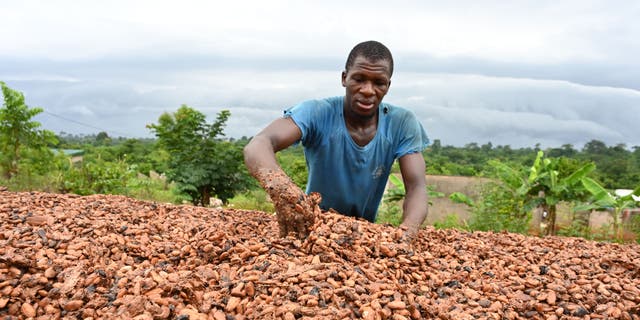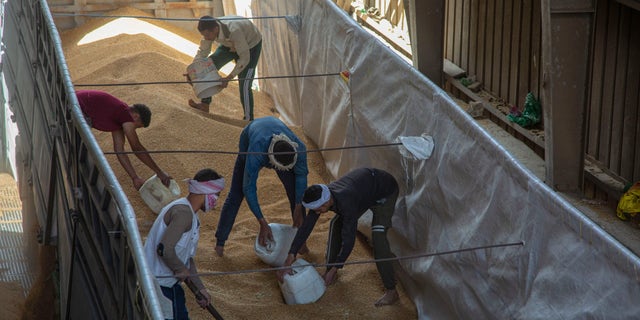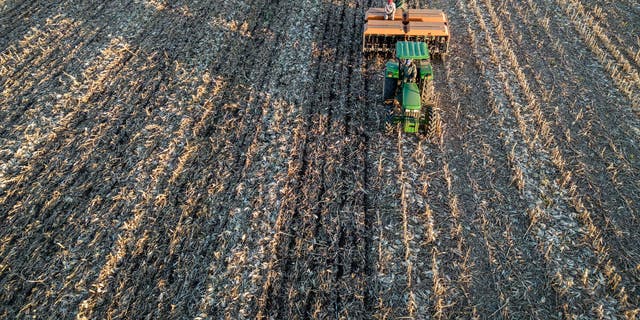Researchers use AI to predict crops in Africa to help address food crisis
A new artificial intelligence (AI) tool could help African countries better track and predict crop rotations and yields, providing a key tool to help mitigate food crisis across the continent.
“Relying on conventional analytic techniques alone will not deliver the effective decision-making we need to meet these challenges,” Racine Ly, the director of data management for the project, told Science X.
“Since this is data that researchers and decision-makers most importantly will use to make decisions, we needed to make sure that the data is correct, and the predictions are accurate,” he added.
AKADEMIYA2063, a research organization, said the Africa Agriculture Watch (AAgWa) tool will help prioritize and maximize the production of staple foods such as maize, cassava and sorghum.
WILL AI EVER BE SMART ENOUGH TO DECIPHER FEDERAL REGULATIONS?

AAgWa’s website argues that the program can help Africa deal with various system shocks, such as severe weather, plant disease and pest outbreaks, in addition to health emergencies like COVID-19, which disrupted crop care.
The platform launched in late April, and the public can interact with the program to read data on crops by region – either by yield or production.
The program utilizes several factors to help it create its predictions: The “Normalized Difference Vegetation Index,” which is the ratio between different wavelengths of light needed by the crop and provided in the region; the daytime surface temperature of land; rainfall data; and the supply and routes for underground water.
HUMANS STUMPED ON DIFFERENCE BETWEEN REAL OR AI-GENERATED STUDIES, STUDY SHOWS

The program also uses historical data to generate a crop map to determine where they have grown and will likely grow again as well as the general crop calendar.
AAgWa also uses digital technology to remotely sense data related to real-time changes in vegetation cover, weather data and other parameters.
“Recent developments in machine learning and computer modeling make it possible to track and predict crop production using remotely sensed data,” the group wrote. “The benefits go far beyond the ability to overcome the obstacles to data gathering during crises.”
COUNTRY STARS SOUND ALARM ON ‘WILD WEST’ OF AI IN MUSIC; EXEC TALKS TAKING LEGAL ACTION

“The many weaknesses that hamper access to good quality agricultural statistics can also be overcome using the same digital technologies, from measuring arable land, planted areas, crop yields to the spatial distribution of harvested quantities,” they added.
The challenge comes from trying to translate these big data tools into information that the average farmer can understand and utilize.
CLICK TO GET THE FOX NEWS APP
“Initially we intend to work with cooperatives that can aggregate the information and then disseminate it… But at the same time, we are trying to see how we can work with extension workers to really pass on the information to the farmers,” Ly told Science X.
Read the full article Here


